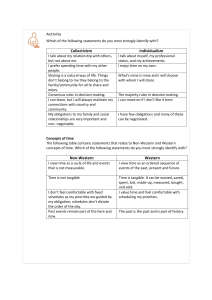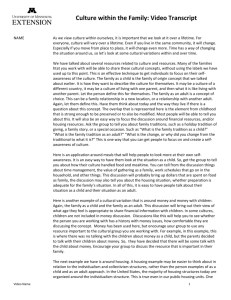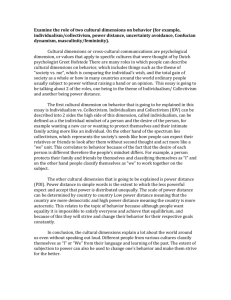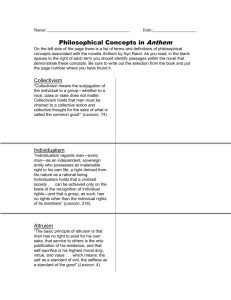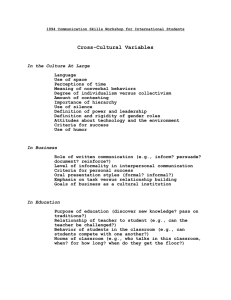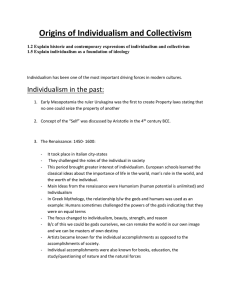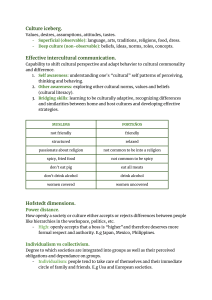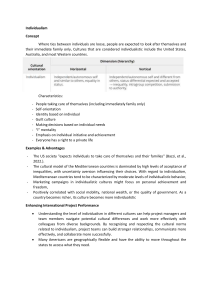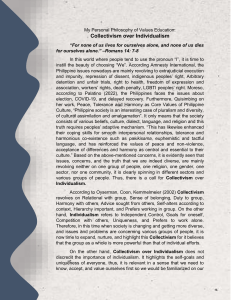Dushkina Yuliya AMM 260.5096 Homework #4.
advertisement
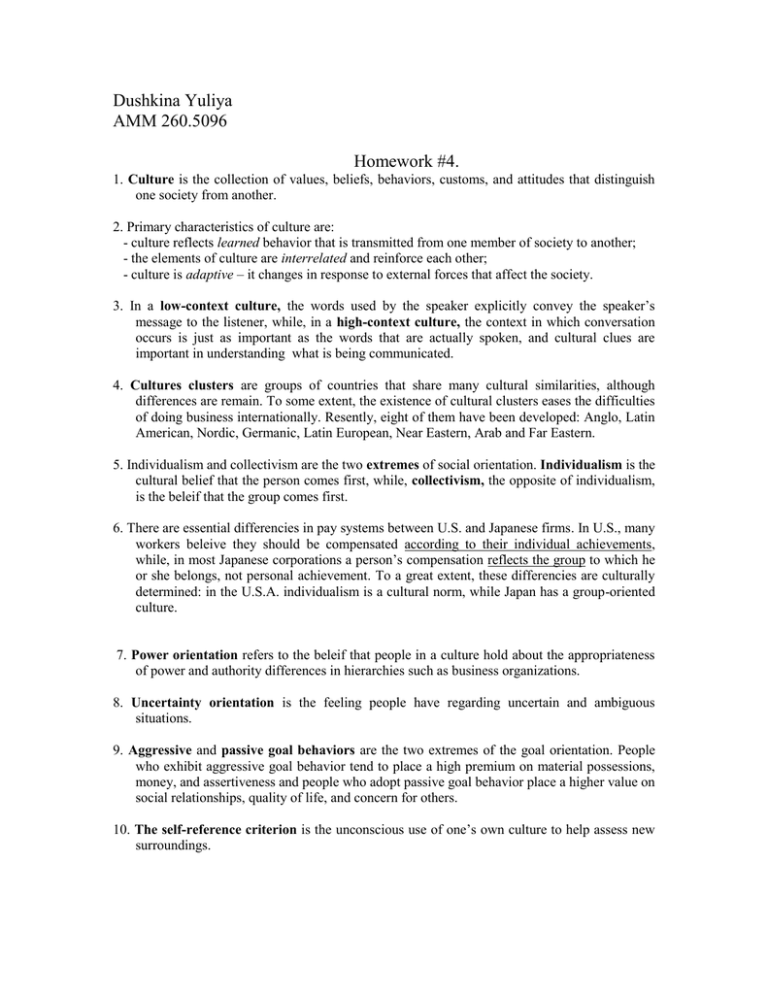
Dushkina Yuliya AMM 260.5096 Homework #4. 1. Culture is the collection of values, beliefs, behaviors, customs, and attitudes that distinguish one society from another. 2. Primary characteristics of culture are: - culture reflects learned behavior that is transmitted from one member of society to another; - the elements of culture are interrelated and reinforce each other; - culture is adaptive – it changes in response to external forces that affect the society. 3. In a low-context culture, the words used by the speaker explicitly convey the speaker’s message to the listener, while, in a high-context culture, the context in which conversation occurs is just as important as the words that are actually spoken, and cultural clues are important in understanding what is being communicated. 4. Cultures clusters are groups of countries that share many cultural similarities, although differences are remain. To some extent, the existence of cultural clusters eases the difficulties of doing business internationally. Resently, eight of them have been developed: Anglo, Latin American, Nordic, Germanic, Latin European, Near Eastern, Arab and Far Eastern. 5. Individualism and collectivism are the two extremes of social orientation. Individualism is the cultural belief that the person comes first, while, collectivism, the opposite of individualism, is the beleif that the group comes first. 6. There are essential differencies in pay systems between U.S. and Japanese firms. In U.S., many workers beleive they should be compensated according to their individual achievements, while, in most Japanese corporations a person’s compensation reflects the group to which he or she belongs, not personal achievement. To a great extent, these differencies are culturally determined: in the U.S.A. individualism is a cultural norm, while Japan has a group-oriented culture. 7. Power orientation refers to the beleif that people in a culture hold about the appropriateness of power and authority differences in hierarchies such as business organizations. 8. Uncertainty orientation is the feeling people have regarding uncertain and ambiguous situations. 9. Aggressive and passive goal behaviors are the two extremes of the goal orientation. People who exhibit aggressive goal behavior tend to place a high premium on material possessions, money, and assertiveness and people who adopt passive goal behavior place a higher value on social relationships, quality of life, and concern for others. 10. The self-reference criterion is the unconscious use of one’s own culture to help assess new surroundings.
